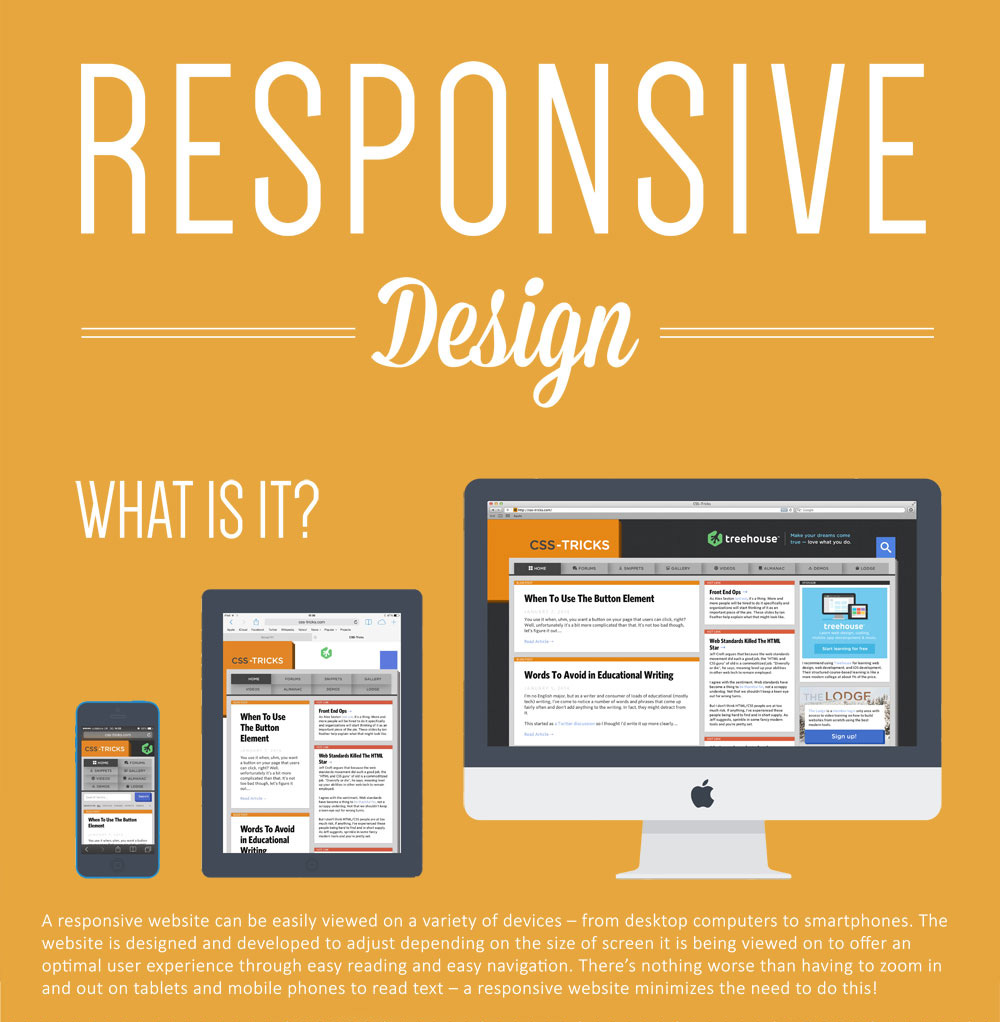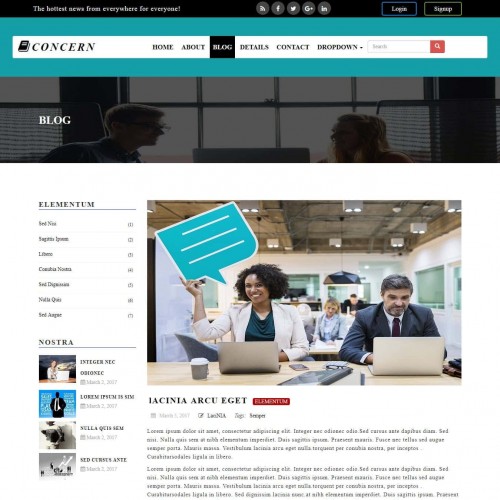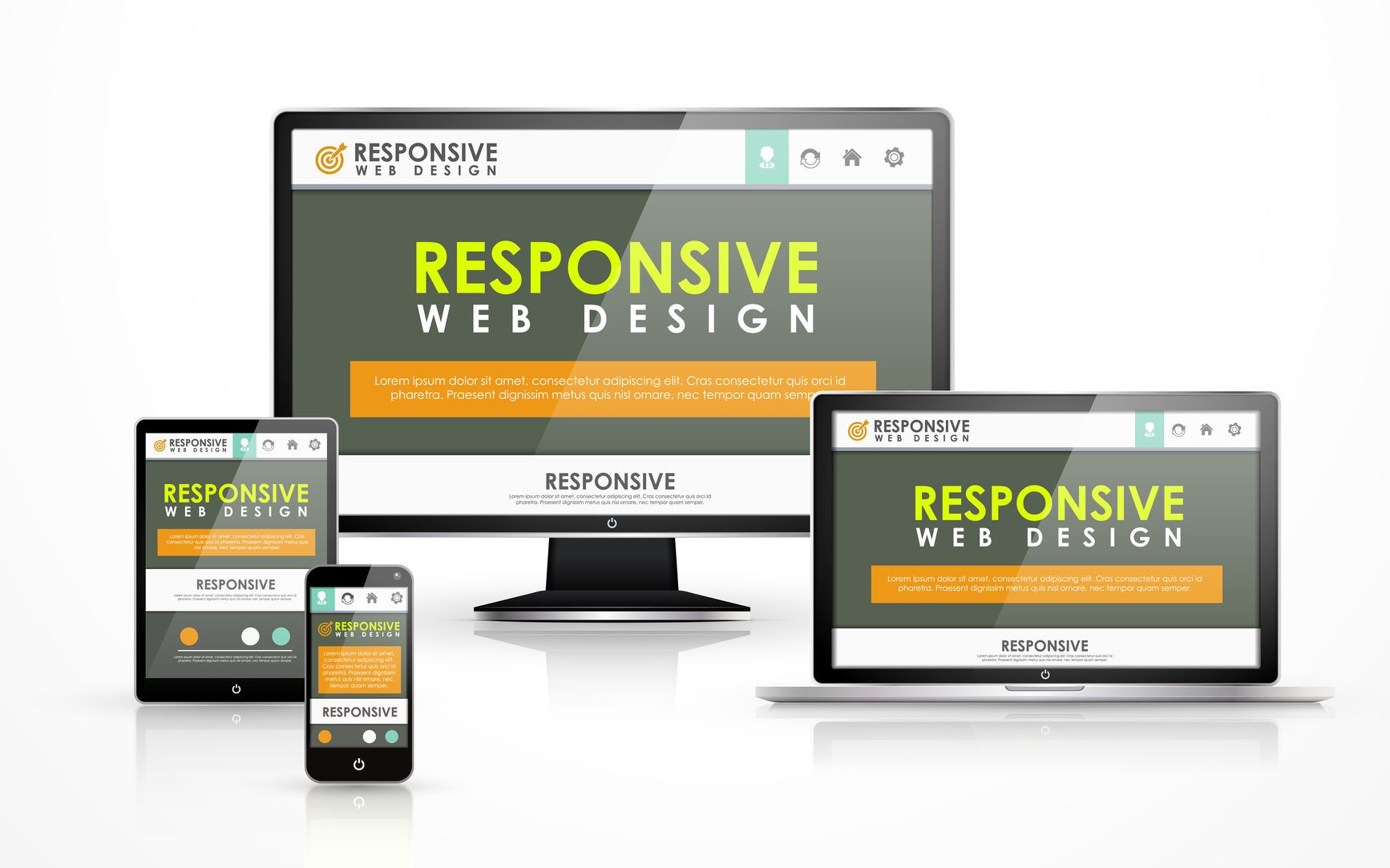

You can declare multiple sources for an image using the picture element:Ĭombined with the scrset and sizes attributes to provide the list of image sources and sizes to allow a browser to select the best image: Media Queries The use of SVG files can make this easier as they are the smallest image files and can usually be scaled to any resolution.įor more complexity (lots of images) the responsive images organization offers the following approach: To make this work – you can set the image to be larger than the container (typically twice as wide). You may find that you want to use multiple pixel densities as there are now substantial differences in the pixel density of certain screens (particularly on phones and tablets but also on certain laptops and desktops). The idea is that this prevents an image from being stretched when the container becomes larger than the image – and thus eliminates degradation of the image – and ensures that it will shrink to the container when needed (this also maintains the original aspect ratio of the image). This tells the browser that the image should be a maximum 100% of its pixel value and that it should scale according to its container. The easiest way to handle fluid images (images that scale to fit their container) is using the CSS command: Copyright terms and licence: CC BY-SA 3.0 Fluid Images In your CSS script you then take these percentages and apply them to the appropriate properties (width, margin, etc.)Īuthor/Copyright holder: Michael Gauthier. We use the same formula again for the columns and the margin: The columns are intended to be of equal size with a margin of 20 pixels between them (making each column 470 pixels wide). So let’s say that you’re using a two column approach to your layout. This principle will also apply to any child elements within your wrapper. So let’s say you’re working on a website with a wrapper that is designed to display the site at a maximum width of 960 pixels and the device uses a maximum browser window width of 1280 pixels. Let’s take a look at an example of how this works, using a mathematical formula: So we use the idea of relative sizes rather than absolute ones. When the internet arrived this trend was continued and websites were defined in terms of pixel sizes.įor the responsive web this absolute size won’t work. In print they determined the size of what would be displayed (and where) in absolute measures. In the days before the internet there was print.

Of course, there are other principles that come into play in certain designs but these are three that bind all responsive sites: There are three main principles that drive responsive design. The Three Major Principles of Responsive Design are difficult, if not impossible to accommodate, so the mobile experience needs to be an exercise in simplicity with complexity only being allowed when the screen real estate allows for it. Sidebars, adverts, social media inputs, etc. The experience on mobile is very limited thanks to the screen real estate. Mobile devices offer different capabilities to desktop/laptop environments too, such as touchscreens, GPS data, accelerometers, etc.įinally, mobile forces designers to think simply.
Website responsive layout Pc#
The need for this approach is being driven by the understanding that more and more people are accessing the mobile web and in many markets now – smartphone access to the net is much greater than traditional PC access. the experience is defined on mobile platforms such as smartphones and tablets and then scaled up to larger screens. It’s normally done using the principle “ mobile first” – i.e. Responsive design is a way of developing web properties so that the device they are used on determines the way that the site will be displayed.

The user experience needs to be catered for on each of these and that’s where responsive design comes in. Devices today range from those with tiny screens (like a smartphone) right through to huge monitors. Then mobile computing arrived and things changed. As long as it performed reasonably well on a laptop screen it would work on every other PC to a reasonable extent.

In the early days of the internet a website had to work on a monitor. That means designers need to become familiar with the concepts and some basic guidelines for their responsive designs.īefore delving into this article, you might want to learn about the differences between adaptive design and responsive design, check this article. There may be some argument over whether responsive or adaptive designs are better, but in many cases responsive design is going to be chosen for budgetary purposes (at least today).


 0 kommentar(er)
0 kommentar(er)
